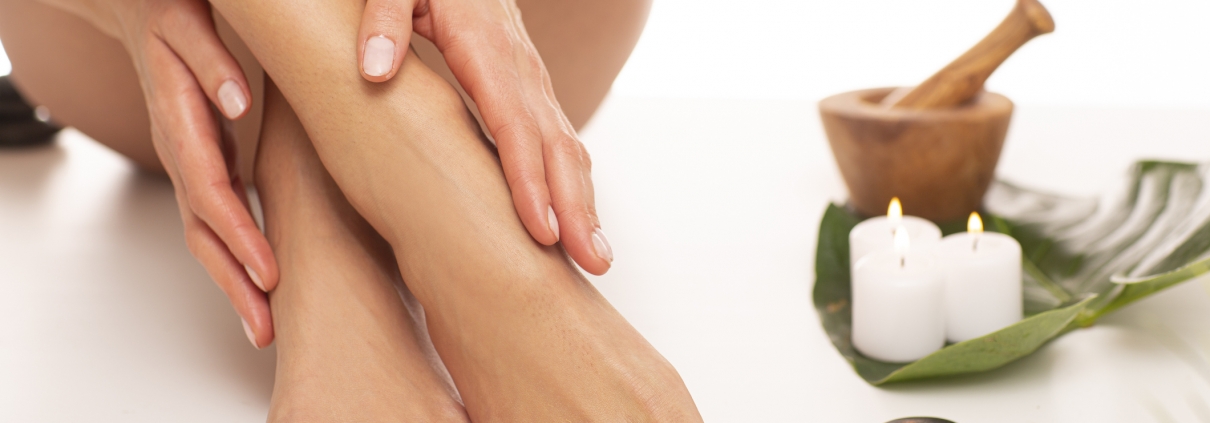Healthy Nails,The Reflection of Overall Well-being
Nails are not just a small part of our body; they serve as a window into our overall health. Healthy nails are strong, smooth, and free from discoloration or abnormalities. They play an essential role in protecting our fingertips and can be indicators of underlying health conditions. In this article, we delve into the world of healthy nails, discussing the signs of nail health, common problems, and tips for maintaining strong and beautiful nails.
Signs of Healthy Nails
Healthy nails have a smooth and even texture. They are free from ridges, dents, or grooves. However, some individuals naturally have vertical ridges that are harmless and not indicative of a health issue.
The nail bed should have a pinkish hue, suggesting proper blood flow and oxygenation. The presence of a healthy pink color indicates adequate nail health.
Healthy nails are strong and flexible, resistant to breakage, splitting, or peeling. They maintain their shape and integrity even when exposed to external stressors.
Nails grow at a steady pace, typically about 3-4 millimeters per month. If your nails show consistent growth and remain free from brittleness or slowdown, it is a positive sign of nail health.
Common Nail Problems and Solutions
Brittle nails are prone to breakage and splitting. To combat this, moisturize your nails and cuticles regularly with nourishing oils or creams. Avoid excessive exposure to water and harsh chemicals, and consider taking biotin or vitamin E supplements, as these can promote nail strength.
Discoloration of the nails can be a sign of an underlying health condition or external factors. Yellowing of the nails can be caused by fungal infections or excessive use of nail polish. Consult a healthcare professional for appropriate treatment if you suspect a fungal infection, and allow your nails to breathe by taking breaks from nail polish.
Fungal infections can cause discoloration, thickening, and crumbling of the nails. To prevent nail fungus, practice good hygiene by keeping your nails clean and dry. Avoid sharing nail clippers or files, and treat any skin or nail infections promptly.
Ingrown nails occur when the nail grows into the surrounding skin, causing pain, redness, and swelling. Trim your nails straight across and avoid cutting them too short to prevent ingrown nails. If you experience persistent pain or infection, seek medical attention for proper treatment.
Maintaining Healthy Nails
1-Maintain a regular nail care routine, including trimming your nails straight across, filing them in one direction, and keeping them clean. Be gentle when pushing back cuticles to avoid damage.
2-A healthy diet rich in essential nutrients plays a vital role in promoting nail health. Include foods high in biotin, iron, zinc, and vitamin E, such as eggs, fish, leafy greens, and nuts, to nourish your nails from within.
3-Keep your nails and cuticles moisturized by applying a hydrating hand cream or oil daily. This helps prevent dryness and brittleness.
4-Wear gloves while doing household chores or when exposed to harsh chemicals. This reduces direct contact between your nails and potential irritants or damaging agents.
5-Pay attention to any changes in your nails, such as discoloration, ridges, or abnormalities. If you notice persistent issues or have concerns, consult a dermatologist or healthcare professional for proper diagnosis.





